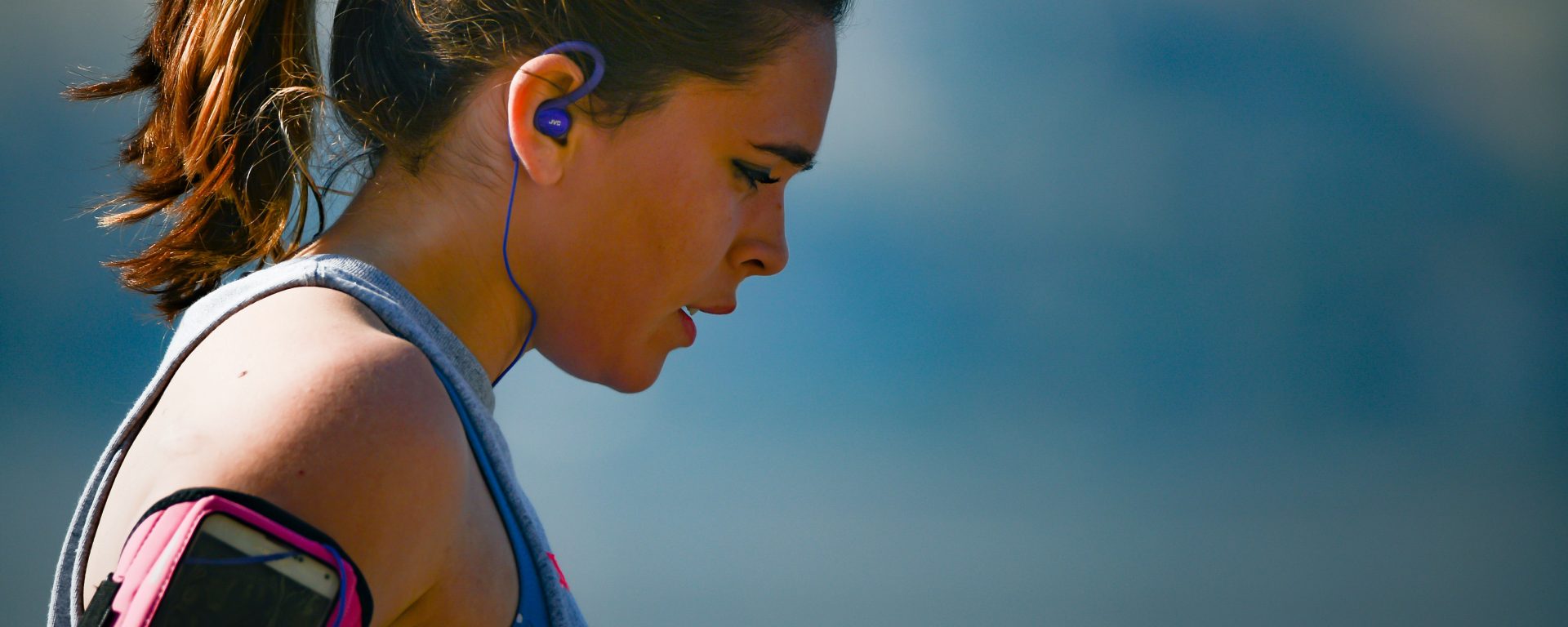Mika, et. al., (2007) in the pursuit of maximizing athletic performance and recovery, understanding the effects of various recovery strategies on muscle recuperation after intense exercise is crucial. A recent study conducted by Anna Mika and her colleagues aimed to delve into the impact of distinct relaxation methods on muscle recovery following dynamic exercise targeting the quadriceps femoris muscle group.
Ten physically fit male volunteers, aged between 24 and 38, were enlisted as participants for this investigation. Following a thorough warm-up session, the volunteers engaged in three sets of dynamic leg extensions and flexions (ranging from 20 to 110 degrees) at an intensity of 50% of their pre-determined maximal voluntary contraction (MVC). Thirty-second rest intervals were observed between the sets. Subsequent to the leg exercise, one of three recovery modes – active recovery (AR), passive recovery (PR), or stretching (ST) – was applied in a randomized sequence. Following the relaxation method, participants performed isometric knee extensions at 50% of their MVC until reaching the point of fatigue. Surface electromyogram (EMG) readings of the vastus lateralis muscle were taken during this phase.
The outcomes of the study demonstrated noteworthy disparities among the recovery techniques employed. Active recovery (AR) yielded a significantly higher mean MVC compared to both passive recovery (PR) and stretching (ST), with the difference being statistically significant (P < 0.05). Intriguingly, no substantial discrepancy in MVC was observed between the baseline and the active recovery scenario (P > 0.05). Notably, the total time of effort during EMG measurements was significantly reduced across all three recovery modes when juxtaposed with the baseline measurement. In terms of motor unit activation, AR exhibited a remarkable increase (P < 0.05), whereas PR and ST failed to exhibit any significant augmentation post-effort. However, no substantial divergence in frequency was detected between any of the recovery modes and the baseline (P > 0.05).
In light of the study’s findings, it can be deduced that the most effective recovery mode following dynamic muscle fatigue involves engaging in light, active exercises, such as cycling with minimal resistance. The insights provided by this research shed valuable light on the optimization of recovery techniques for individuals aiming to enhance their muscle recuperation and performance following exhaustive exercise. By incorporating tailored active recovery strategies, athletes and fitness enthusiasts can potentially unlock greater gains in their physical prowess.
Reference: Mika, A., Mika, P., Fernhall, B., & Unnithan, V. B. (2007). Comparison of recovery strategies on muscle performance after fatiguing exercise. American journal of physical medicine & rehabilitation, 86(6), 474-481.
